Painting in Vienna
Klimt – Schiele – Kokoschka
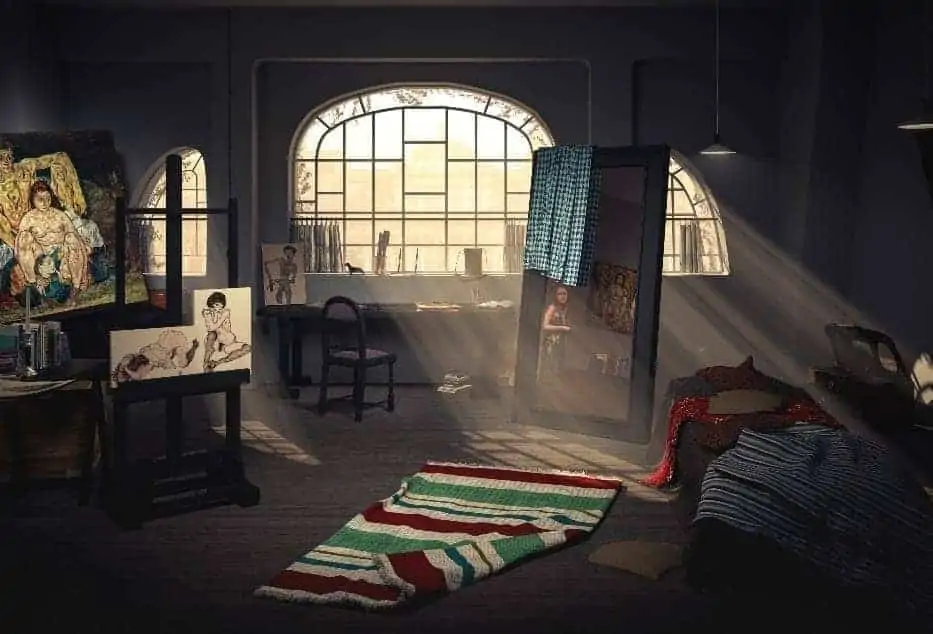
Take a look inside the studios of Gustav Klimt and Egon Schiele and take your own personal photo with the artists. Three interactive photo points make for perfect snapshots.
Meet the most famous artists of the 20th century: Gustav Klimt, Egon Schiele, Oskar Kokoschka, Friedensreich Hundertwasser, Ernst Fuchs and Gottfried Helnwein. A brief overview of the work of the Viennese Modernist artists and their most important milestones and personal preferences completes the new station.
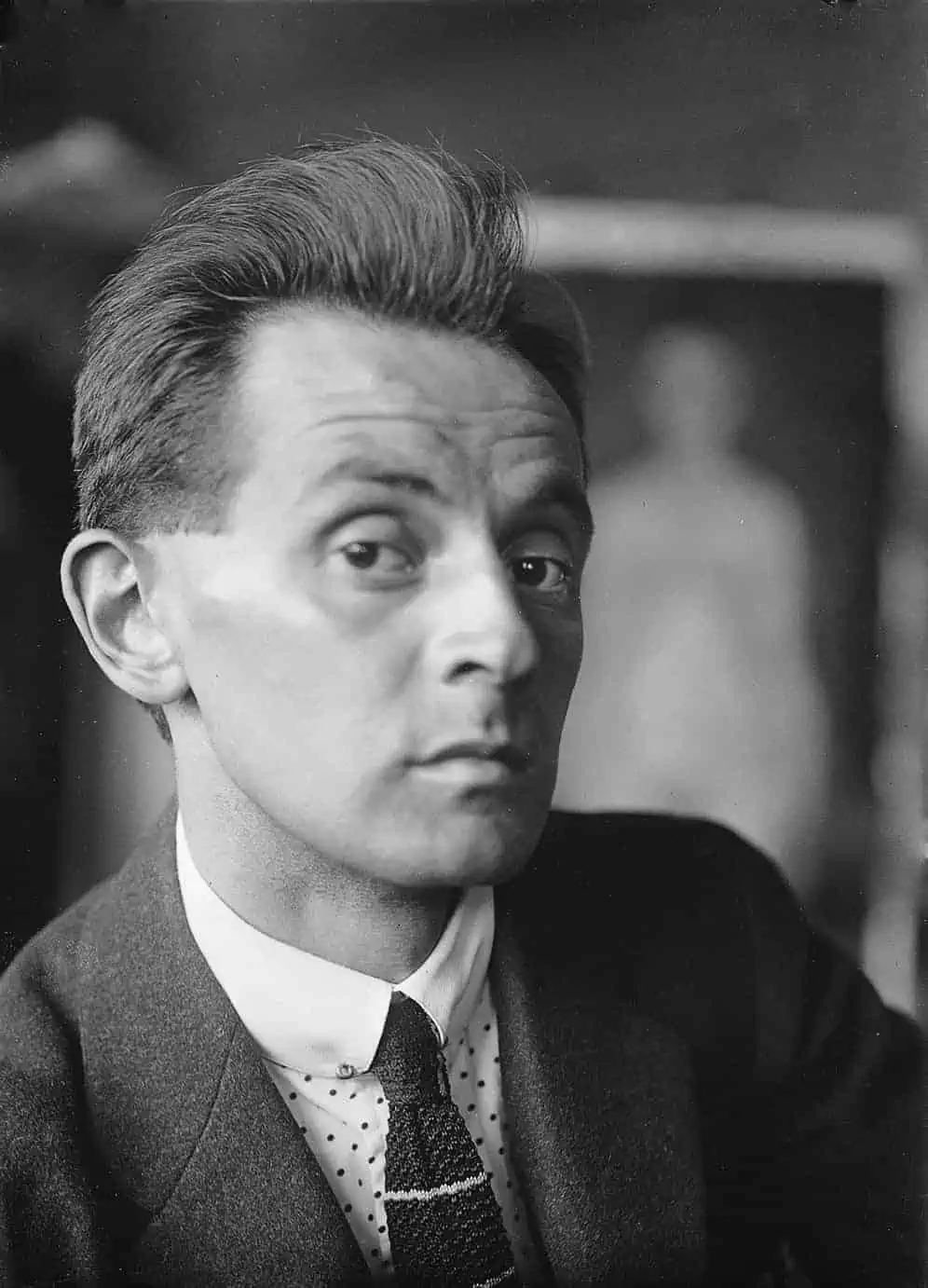

Viennese Modernism (1890-1910)
Around 1900, Vienna had around two million inhabitants who flocked to the capital from all parts of the Habsburg monarchy. Vienna was always a city of high nobility and intellectuals, but at the same time poverty and conservative structures also characterized everyday life.
It was the so-called “Fin de Siècle ” – the end of the century and Vienna was in a mood of change like never before. Artists from the fields of music, painting, psychology, philosophy, literature and architecture were drawn to Vienna. The artistic work of this period is referred to as Viennese Modernism and the years from 1890 to 1910 are considered to be the approximate period.
Everything that had previously been traditional in the empire was rejected and called into question. Instead, there were lasting upheavals. Sigmund Freud founded psychoanalysis and his book “The Interpretation of Dreams” was published in 1899. This influenced the writers and poets in the Viennese coffee houses and salons, who met there and inspired each other. Arthur Schnitzler comes to mind with his most famous work “Der Reigen”.
Gustav Mahler was director of the Vienna State Opera at this time and significantly reformed the opera program. Arnold Schönberg, the painter-composer, founded twelve-tone music and Otto Wagner shaped the city architecturally like no other with his Art Nouveau buildings.
The “young savages”, as the Expressionists Egon Schiele and Oskar Kokoschka were called, exhibited there from 1908/09. However, they sometimes “disturbed” the public with their expressive art and, according to an anecdote, Archduke Franz Ferdinand is said to have commented on Kokoschka’s paintings: “You’d have to break the guy’s bones”.
Gustav Klimt, Egon Schiele and Oskar Kokoschka are considered the “three classic painters” of Viennese Modernism. Other world-famous Austrian painters of the 20th century are Friedensreich Hundertwasser, Ernst Fuchs and Gottfried Helnwein.

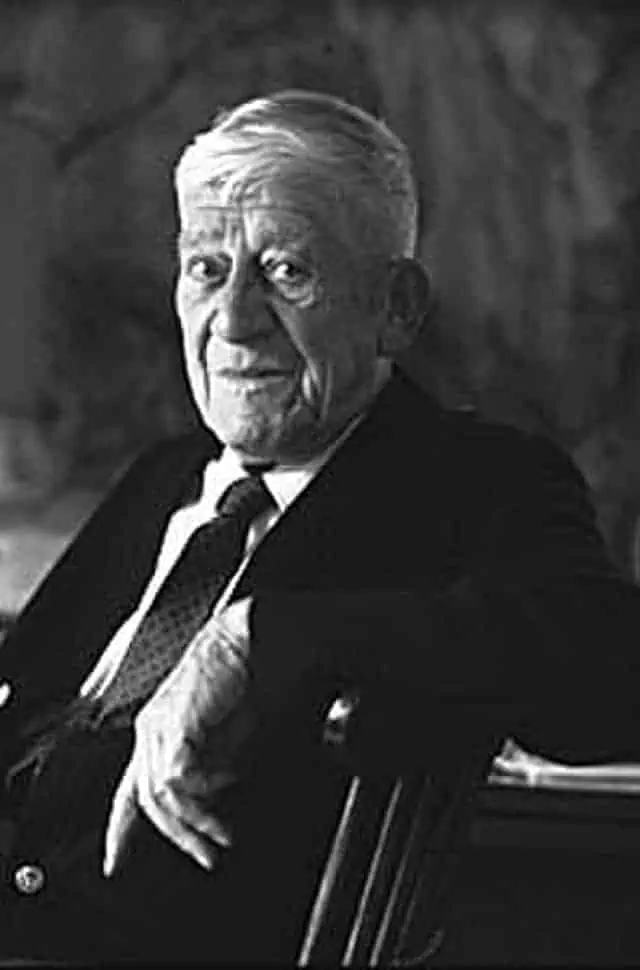
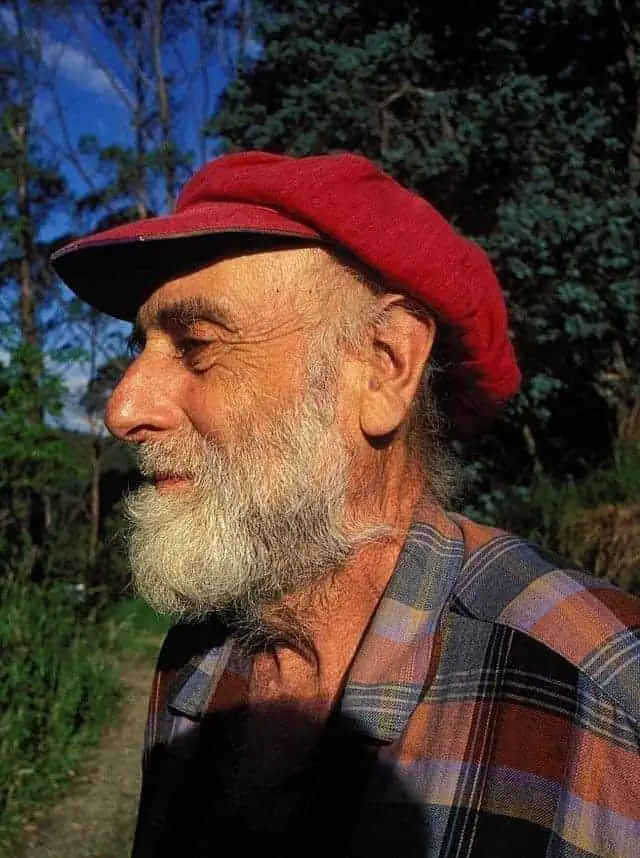
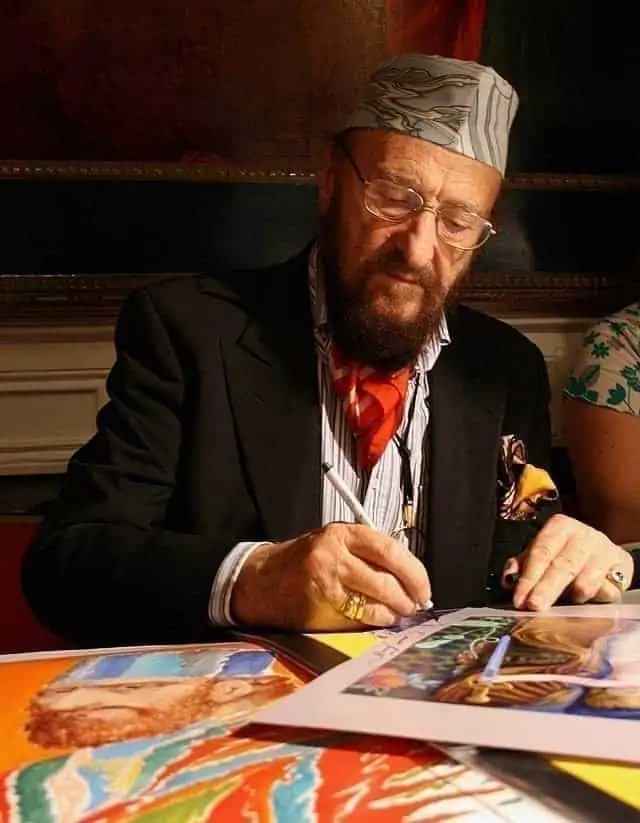
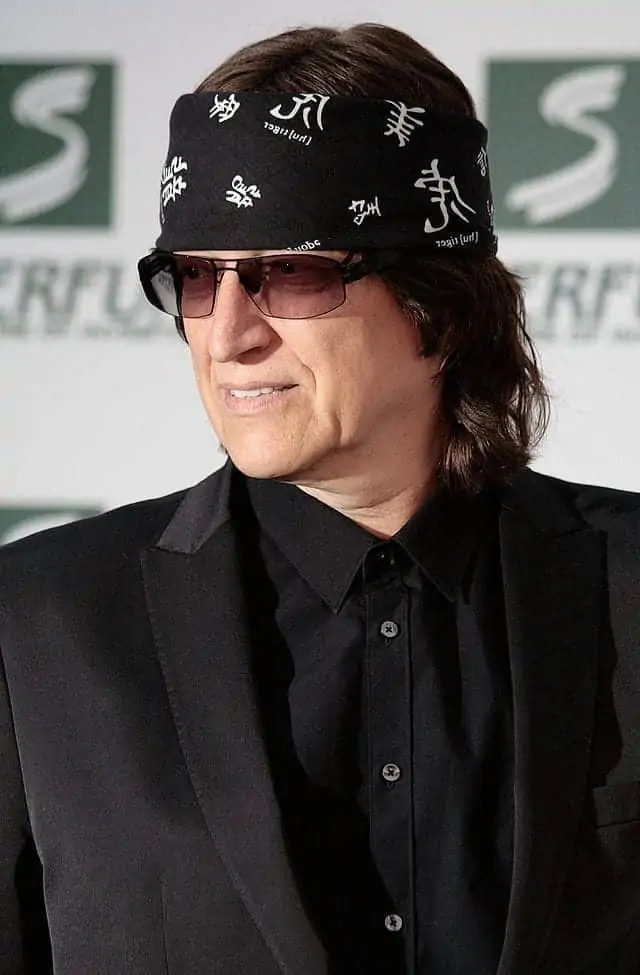
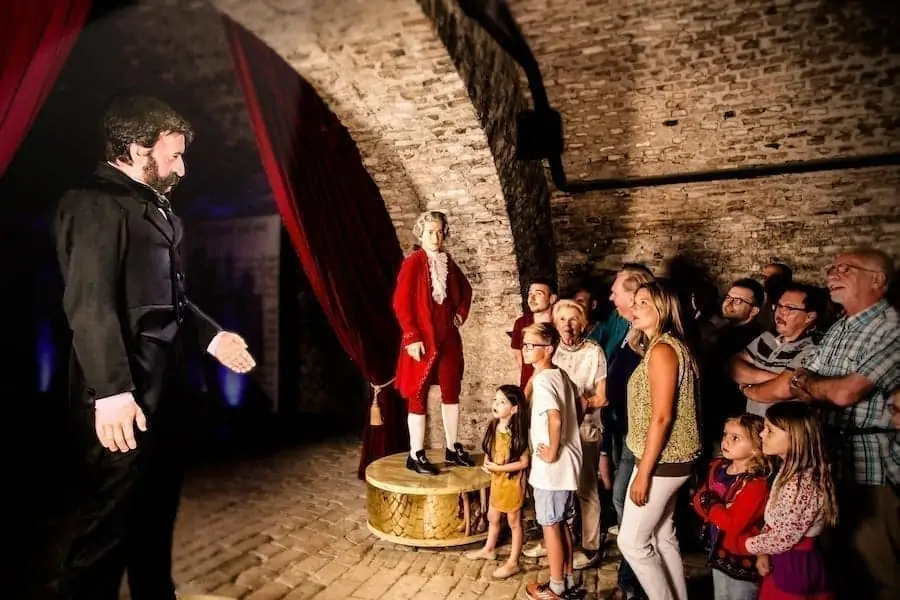
Mozart and Strauss
